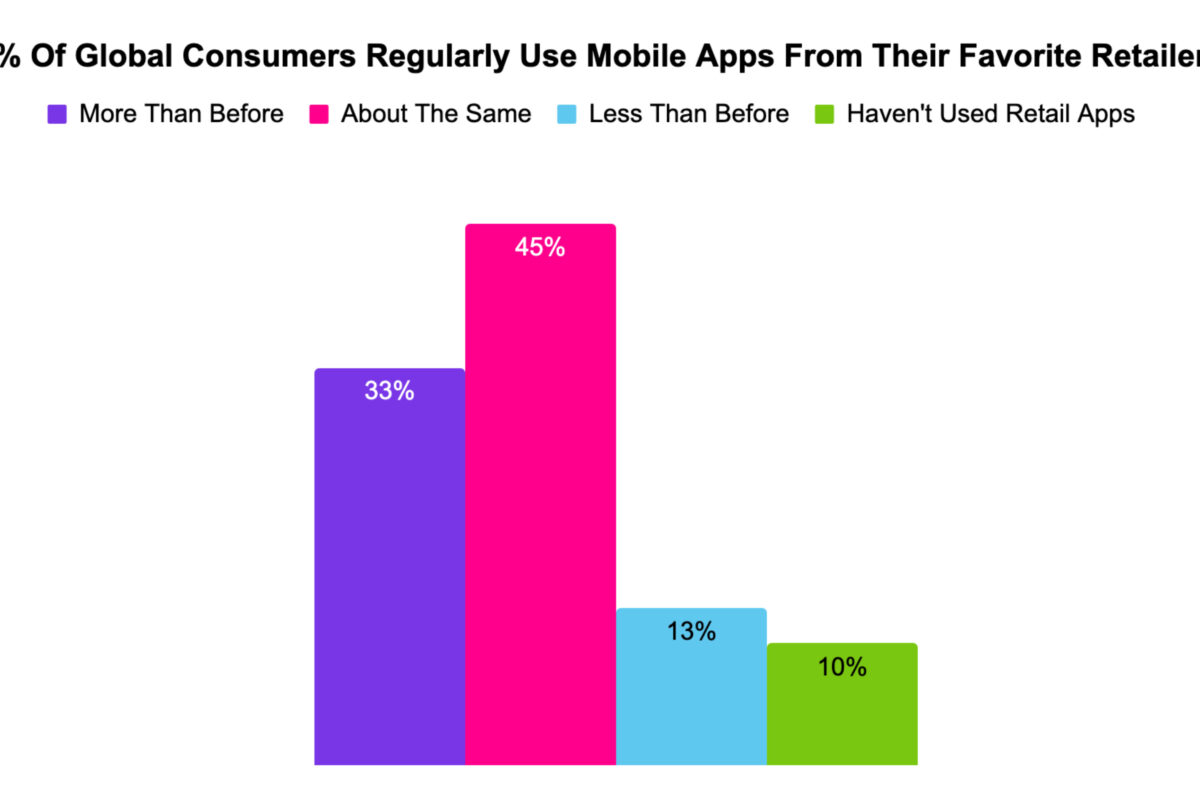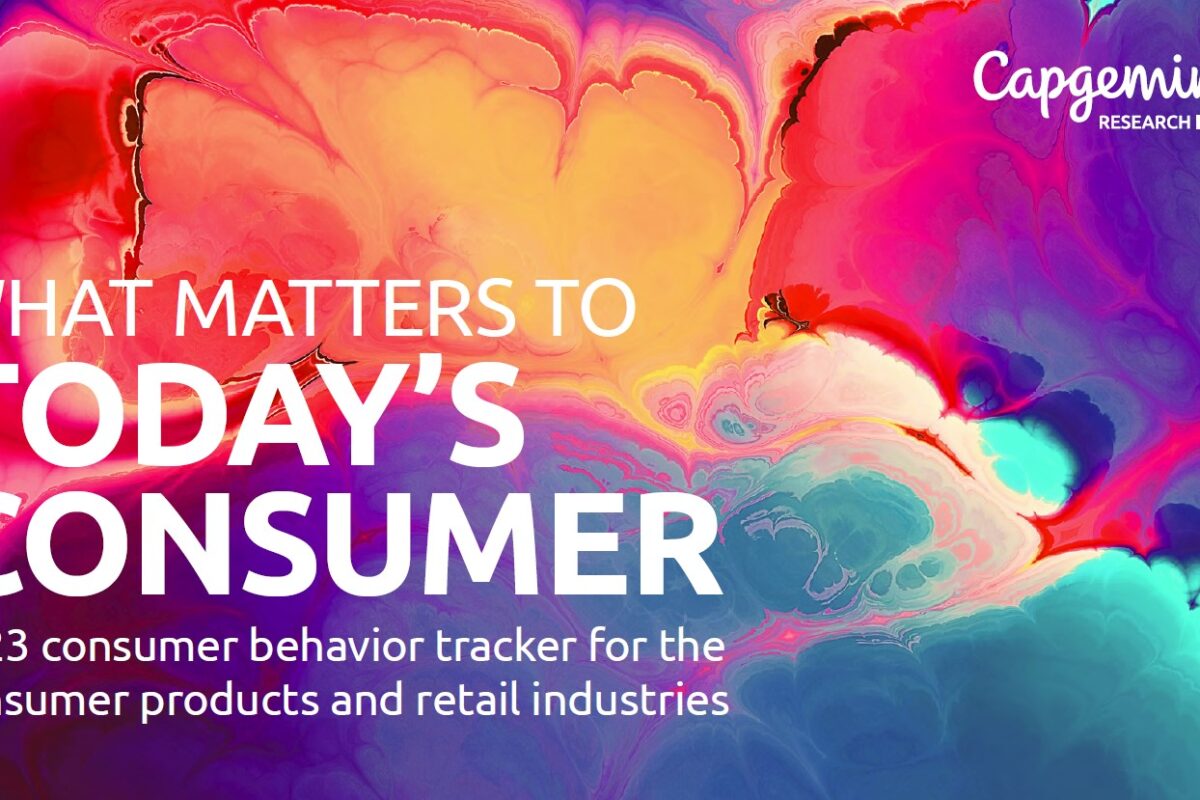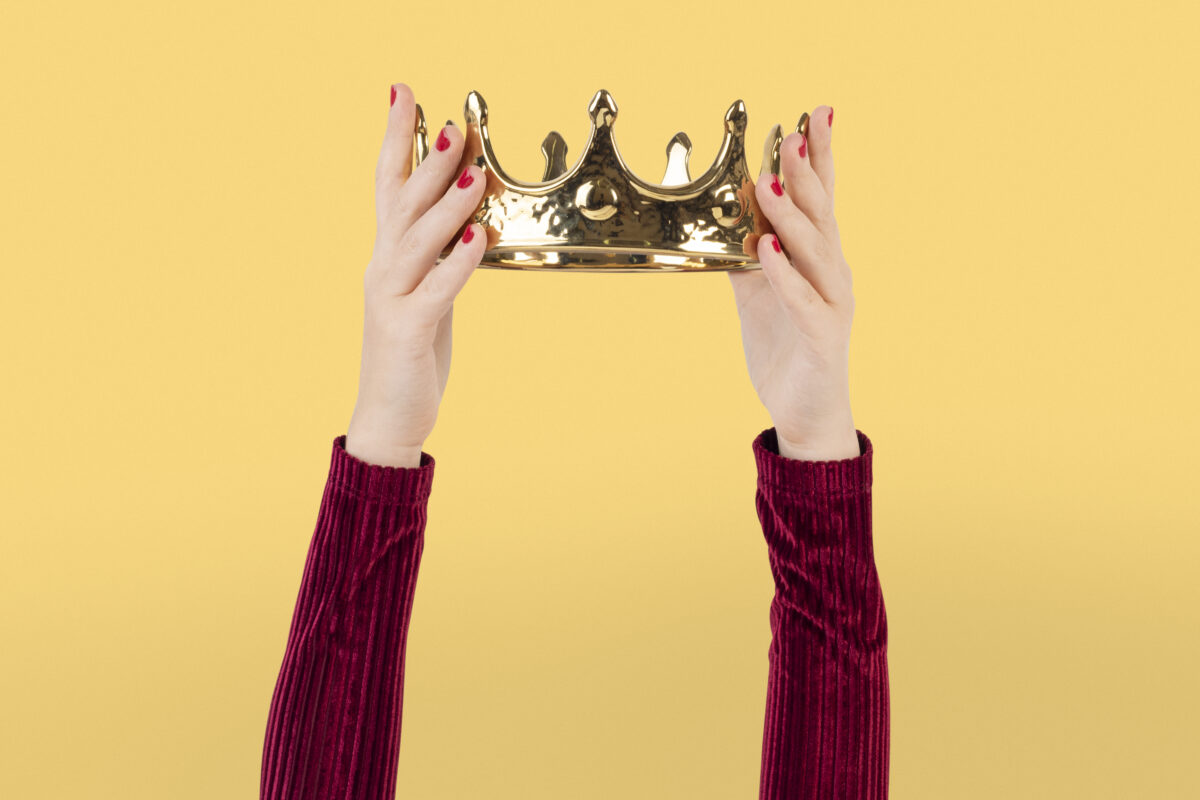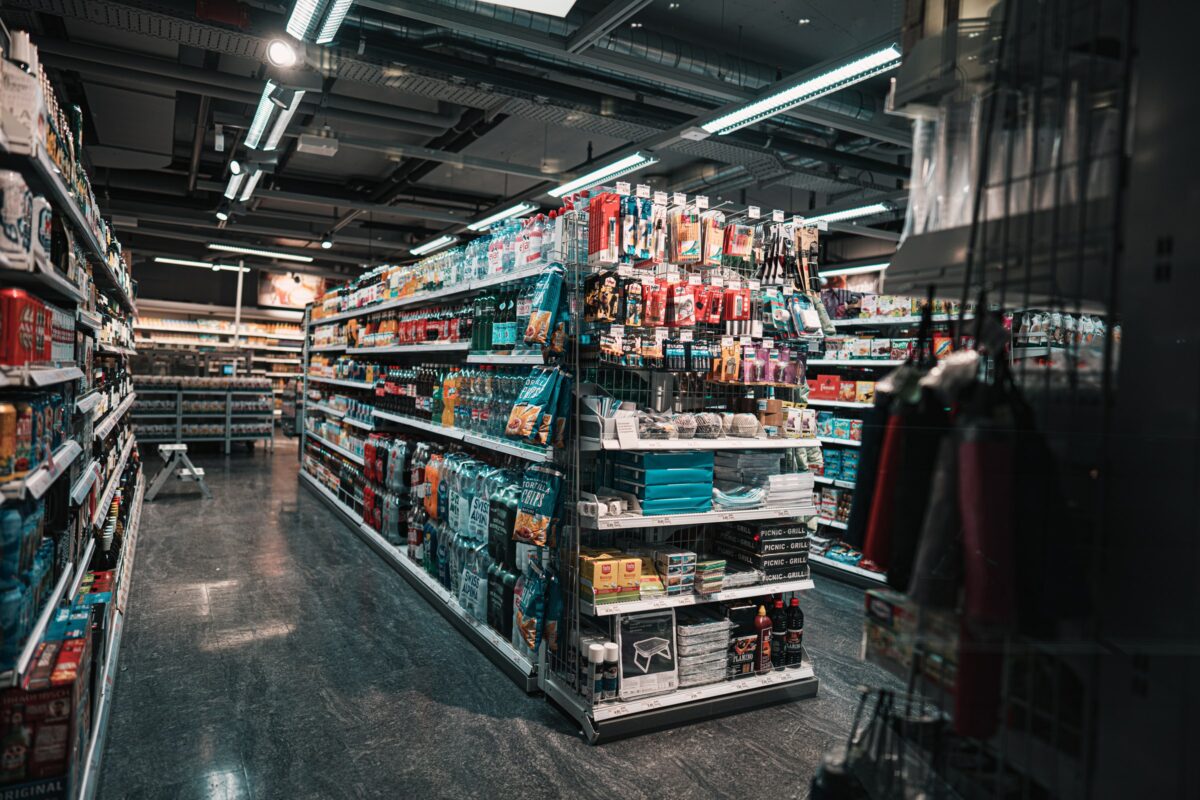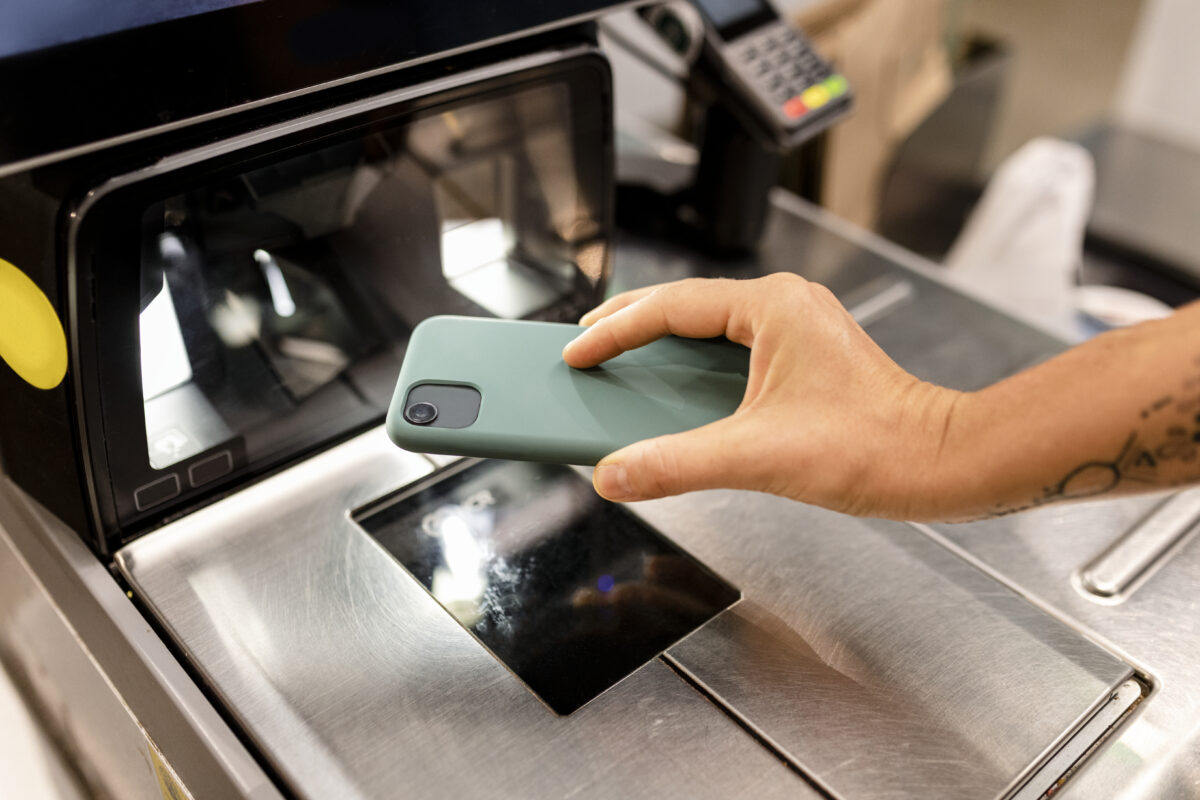Americans are expected to spend a record amount on Valentine’s Day this year despite a years-long decrease in the percentage of people celebrating the holiday, according to the annual survey released today by the National Retail Federation and Prosper Insights & Analytics.
“Those who are participating are spending more than ever and that could be the result of the strong economy. With employment and income growing, consumers appear to be expanding the scope of who qualifies for a card or a box of candy,” NRF President and CEO Matthew Shay said.
Those surveyed said they would spend an average 161.96 dollars. That’s up 13 percent from last year’s 143.56 dollars and easily tops the previous record of 146.84 dollars set in 2016. Total spending is expected to be 20.7 billion dollars, which is an increase of 6 percent over last year’s 19.6 billion dollars and breaks the previous record of 19.7 billion dollars, also set in 2016.
The spending increases come even though only 51 percent of Americans plan to celebrate the holiday, down from 55 percent last year and a high of 63 percent in 2007. It is unclear why the number of consumers celebrating has trended downward over the past 12 years, but spending, while varying with the economy, has generally trended up. The lowest spending during the period was 102.50 dollars in 2009 during the Great Recession.
As in each year of the survey, men are the biggest spenders at 229.54 dollars, up 20 percent from last year. That’s more than double the 97.77 dollars women said they would spend, which is down 1 percent, and is within the survey’s margin of error.
Among age groups, those 35-44 are the biggest Valentine spenders at 279.14 dollars, followed by those 25-34 at 239.07 dollars. Both groups typically have more people to buy for including children and children’s classmates or teachers.
Gifts for pets continue to be popular, purchased by 20 percent. Pet spending is expected to total $886 million, up $519 million since NRF first asked in 2008.
Those celebrating plan to spend 3.9 billion dollars on jewelry (given by 18 percent), 3.5 billion dollars on an evening out (34 percent), 2.1 billion dollars on clothing (18 percent), 1.9 billion dollars on flowers (35 percent), 1.8 billion dollars on candy (52 percent), 1.3 billion dollars on gift cards (15 percent) and 933 million dollars on greeting cards (44 percent). Gifts of experience such as tickets to an event or a trip to a spa are wanted by 40 percent and planned to be given by 25 percent.
Department stores are the most popular Valentine’s Day shopping destination, visited by 35 percent of shoppers, followed by discount stores (32 percent), online (27 percent), specialty stores (18 percent) florists (16 percent), small or local businesses (14 percent), jewelry stores and specialty clothing stores (each 9 percent).
Source: National Retail Federation







